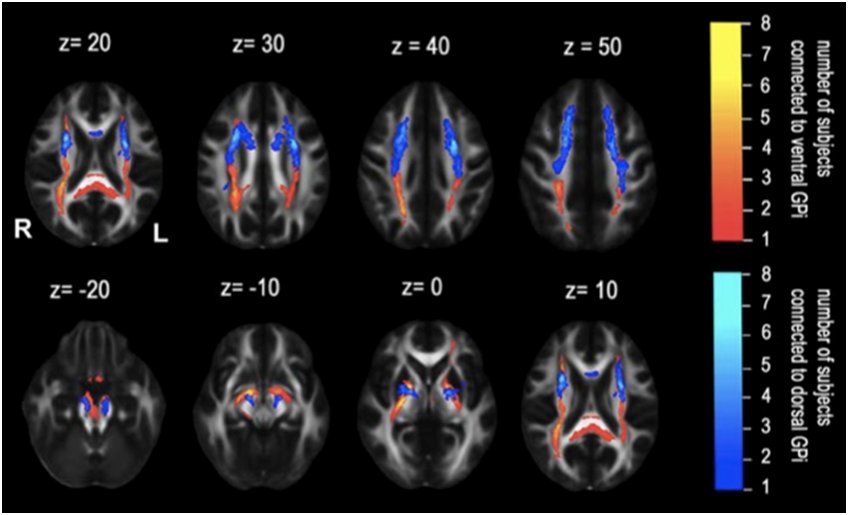INESC TEC researcher publishes paper in NeuroImage
The paper “Connectivity patterns of pallidal DBS electrodes in focal dystonia: A diffusion tensor tractography study”, co-written by the researcher and leader of INESC TEC’s group BRAIN (Biomedical Research And INnovation), João Paulo Cunha, will be published in January in the scientific journal NeuroImage, one of the most important publications in the brain functioning area.
05th December 2013
The paper on brain imaging focuses on the treatment used in patients suffering from dystonia (a neurological disorder that causes movement problems). Deep brain stimulation of internal globus pallidus (GPI) is the usual course of treatment for these patients. However, according to the paper’s abstract, “there is evidence that that stimulating the ventral and dorsal GPI produces contrasting effects at physical level”. Therefore, the purpose of this study was to analyse and compare the ventral and dorsal GPI’s connectivity profiles with the motor cortex in order to try to find an explanation for the effects found.
“We have worked with multimodal MRI (Magnetic Resonance Imaging) from patients with dystonia treated with deep brain stimulation (DBS), and we have found where the neural fibres originating closest to the stimulation electrodes projected”, explains the researcher João Paulo Cunha. The researchers have found a significant difference in the antero-posterior distribution of the fibres close to the sensory motor cortical lateral areas between the ventral and dorsal GPI. The realisation that there are different connection profiles between the GPI and the cortex confirms that the ventral and dorsal GPI belong to different functional and anatomic motor subsystems. Also according to the paper, the consideration of the previously described factors can also play an important role when promoting the DBS clinical effects in patients suffering from dystonia.
The INESC TEC researcher mentioned in this article is associated with the following partner institution: FEUP.
INESC TEC, November 2013


